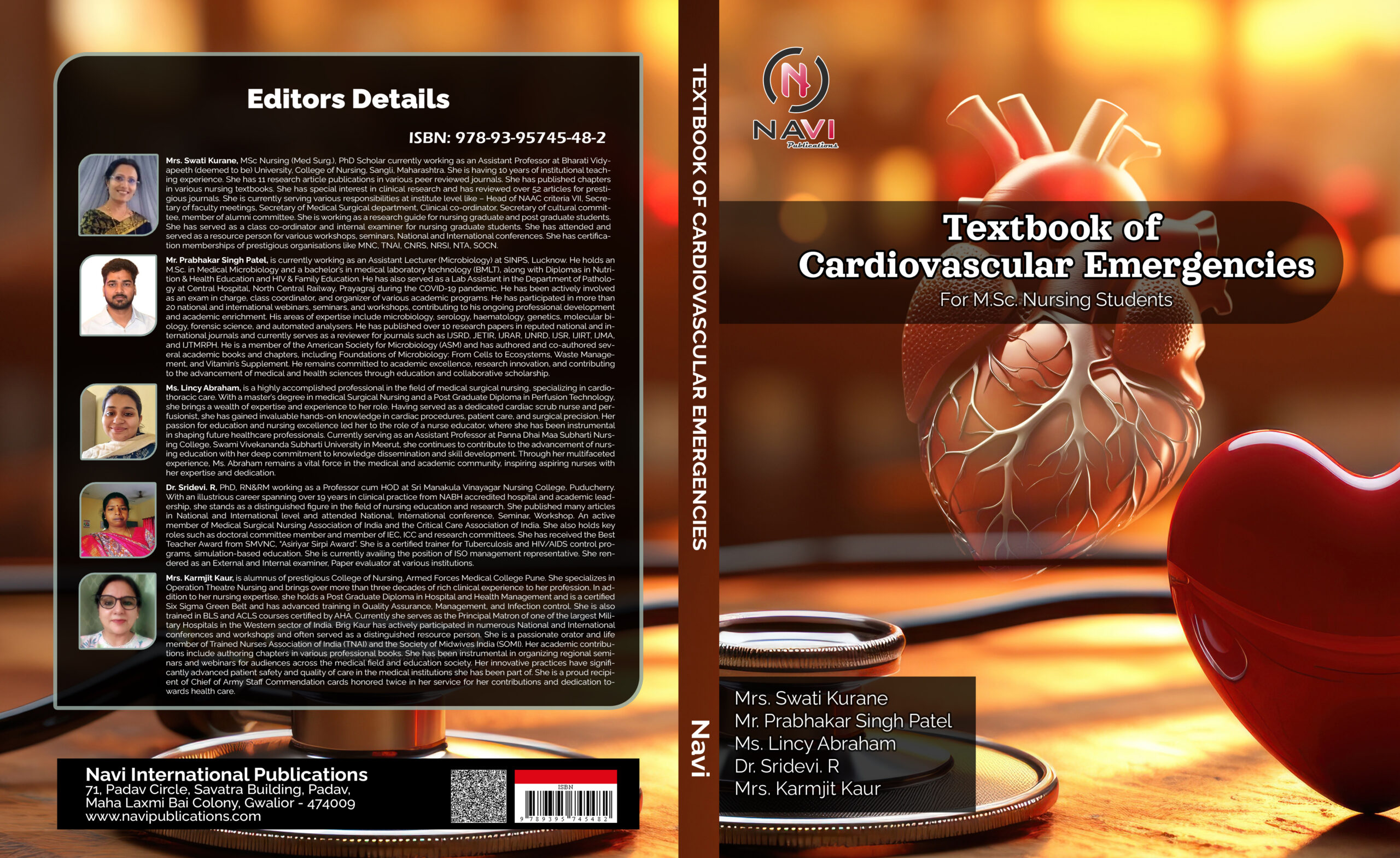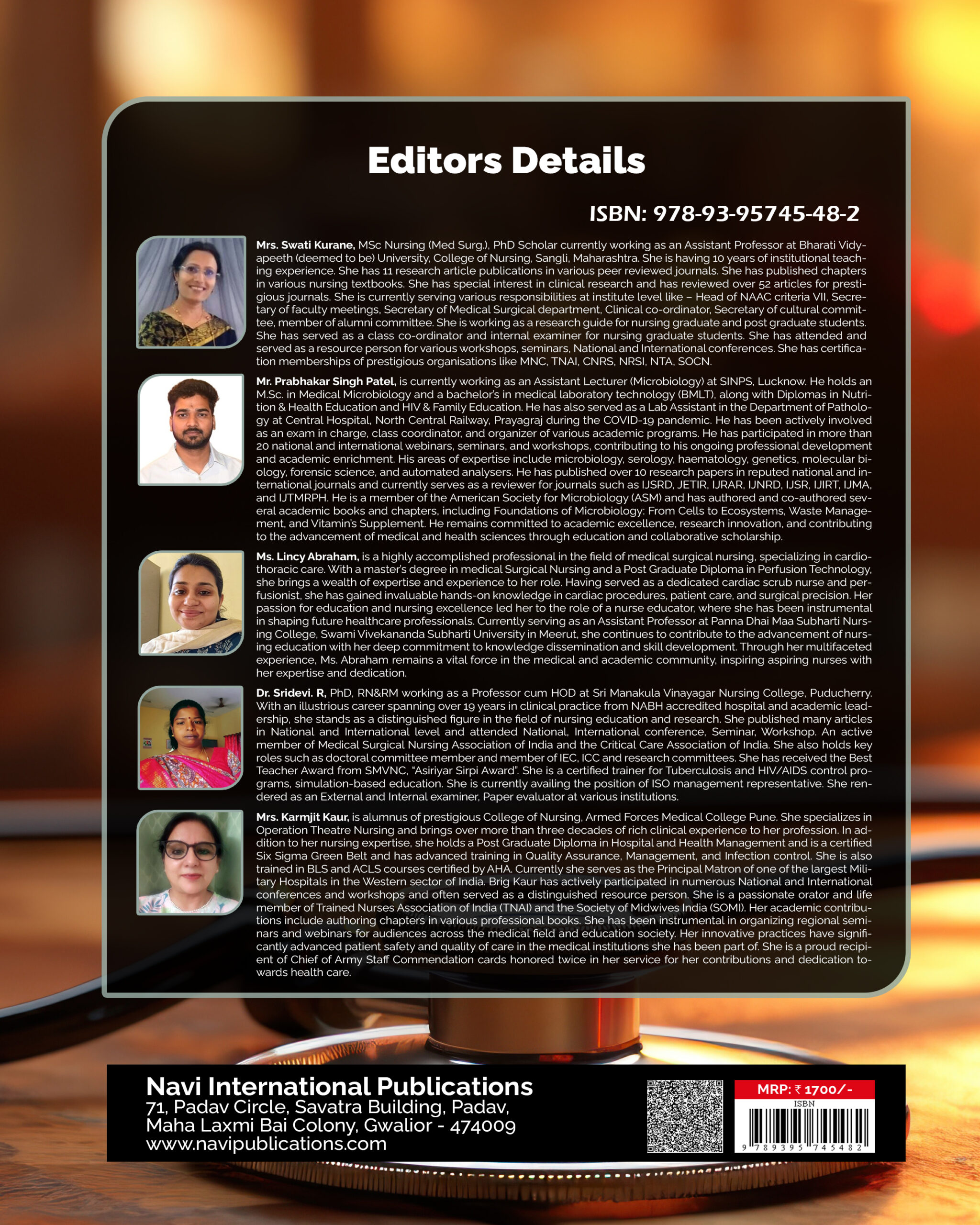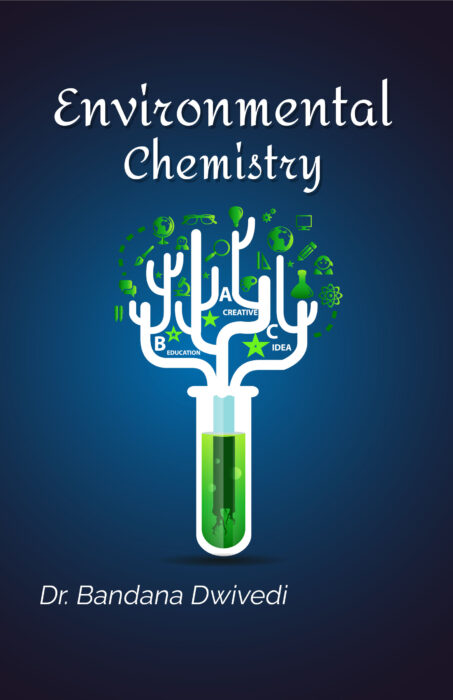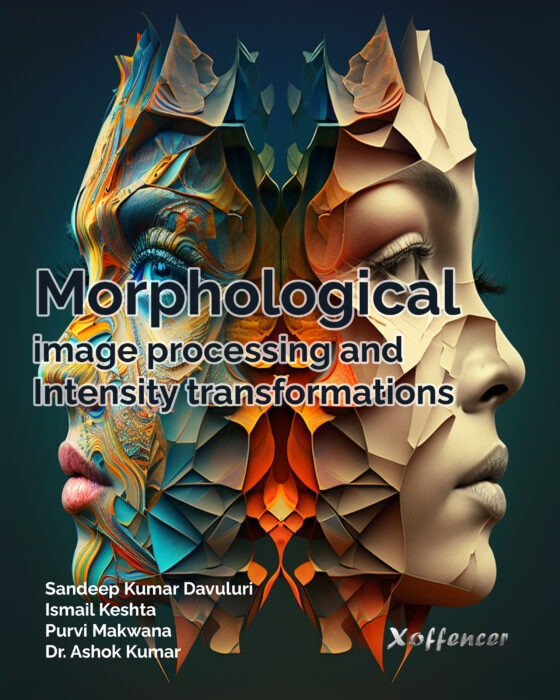Description
Textbook of Cardiac Emergencies has been designed according to revised INC Syllabus with capturing every aspect. Serious medical conditions known as cardiac crises arise when the heart’s regular activity is abruptly disrupted. These crises, which can include everything from a myocardial infarction to abrupt cardiac arrest, need to be treated right away to avoid more problems. The two most frequent cardiac emergencies are heart attack and cardiac arrest. When an artery becomes clogged, oxygen-rich blood cannot reach the heart, resulting in a heart attack. When the heart stops beating abruptly or beats too quickly to continue pumping blood, it is known as cardiac arrest. There are several cardiac emergencies that call for quick response, like cardiac arrest, or that allow for a small wait, such severe hypertension. Understanding the fundamentals of cardiopulmonary resuscitation and the application of inotropics is crucial. anti-arrhythmic medications. Aortic dissection and acute coronary syndrome are cardiac crises that are covered in their corresponding chapters. Acute pneumothorax can also manifest as an emergency, thus it’s important to know how to identify and treat it. Heart emergencies include abrupt, possibly fatal conditions such heart failure, myocardial infarction (heart attack), acute coronary syndrome, and cardiac arrest. The primary goal of this book is to support students’ knowledge and practice of the following, Principles of Nursing in caring for patients with Cardiovascular disorders, Assessment: Cardiovascular system: Heart sounds, Diagnostic studies: – Cardiac enzymes studies, Electrocardiographic monitoring, Holter monitoring, Coronary angiography, Hypertensive crisis, Acute Myocardial infarction, Cardiomyopathy, Deep vein thrombosis, Cardiac arrhythmias & conduction disturbances, Endocarditis, Cardiopulmonary resuscitation BCLS/ ACLS, Pacemaker – temporary & permanent Percutaneous transluminal coronary angioplasty, Intra-Aortic Balloon, pump monitoring, Defibrillations, Cardiac surgeries, Valvular surgeries, Autologous blood transfusion, Radiofrequency Catheter Ablation. The book is easy to read and delivers information in logical order. The contents, it is believed, should be crystal clear. A comment or suggestion from you could be another feather in the subject matter of the book’s cap. The author welcomes reader feedback in the form of comments, ideas, and criticism. Users’ constructive recommendations and opinions would be much valued, gladly recognized, and appropriately integrated.













Reviews
There are no reviews yet.